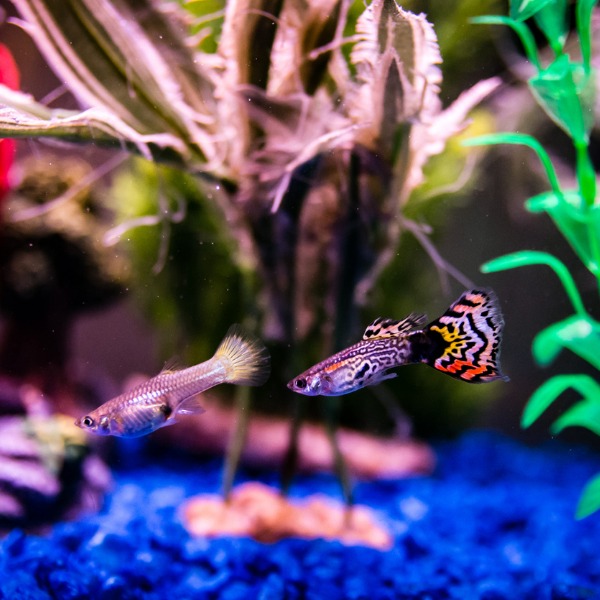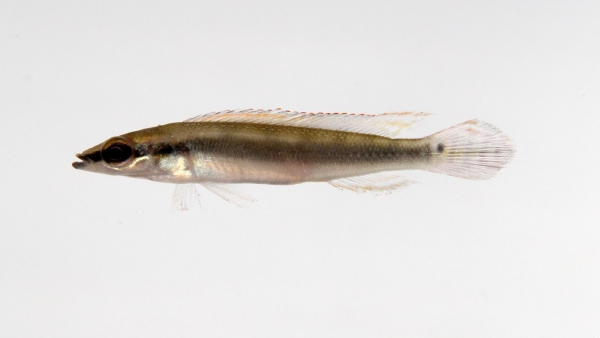Guppies, Guppies Everywhere!

Fancy guppies (crazyartboy, iStockphoto)

Fancy guppies (crazyartboy, iStockphoto)
8
How does this align with my curriculum?
Curriculum Alignment
AB
10
Knowledge and Employability Science 10-4 (2006)
Unit D: Investigating Matter and Energy in Environmental Systems
AB
10
Science 14 (2003, Updated 2014)
Unit D: Investigating Matter and Energy in Environmental Systems
BC
11
Environmental Science 11 (June 2018)
Big Idea: Changing ecosystems are maintained by natural processes.
NU
10
Knowledge and Employability Science 10-4 (2006)
Unit D: Investigating Matter and Energy in Environmental Systems
NU
10
Science 14 (2003, Updated 2014)
Unit D: Investigating Matter and Energy in Environmental Systems
YT
11
Environmental Science 11 (British Columbia, June 2018)
Big Idea: Changing ecosystems are maintained by natural processes.
NT
10
Knowledge and Employability Science 10-4 (Alberta, 2006)
Unit D: Investigating Matter and Energy in Environmental Systems

